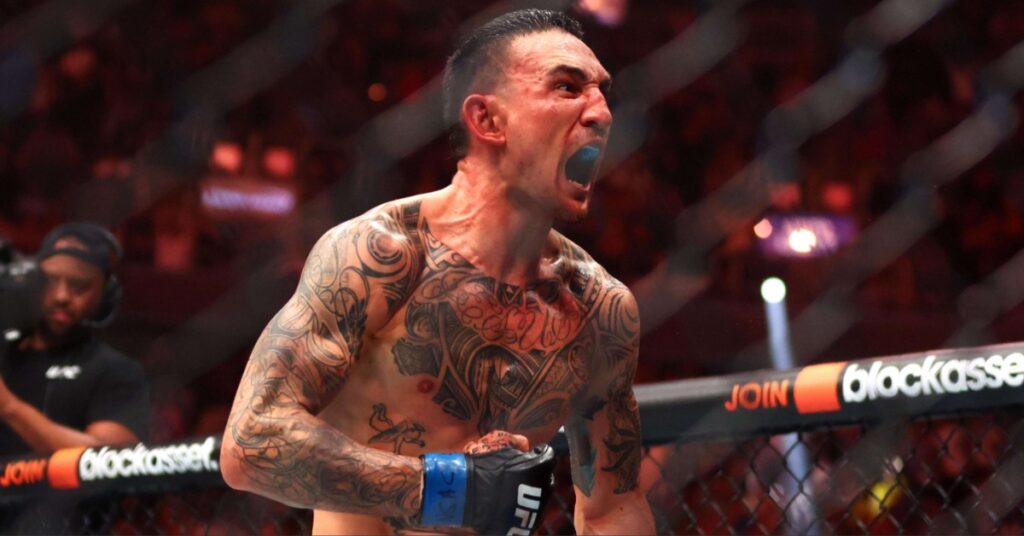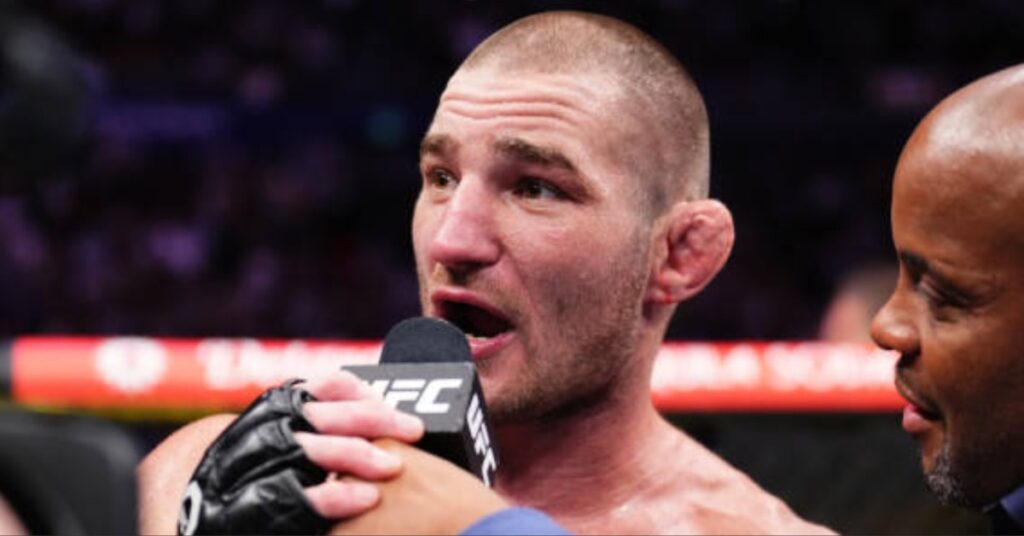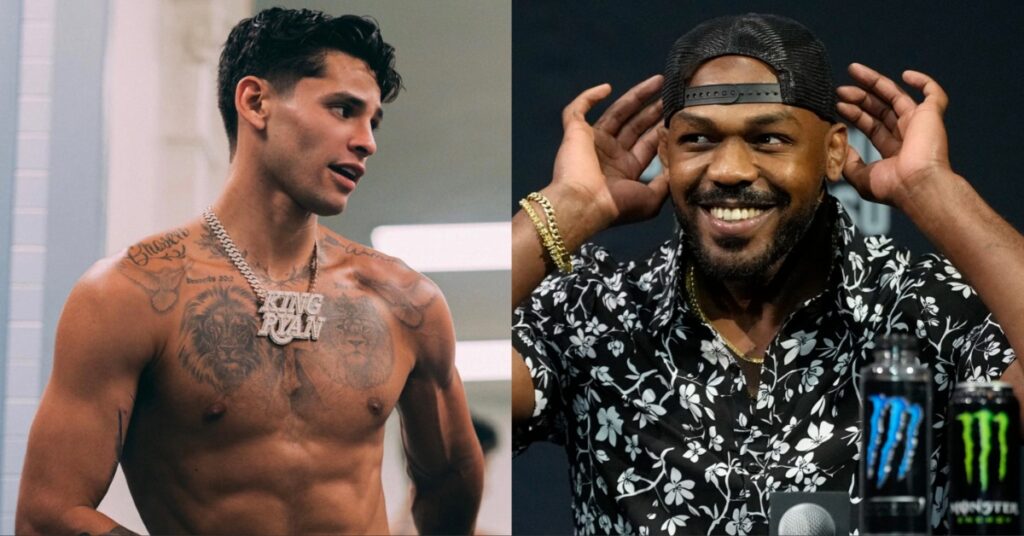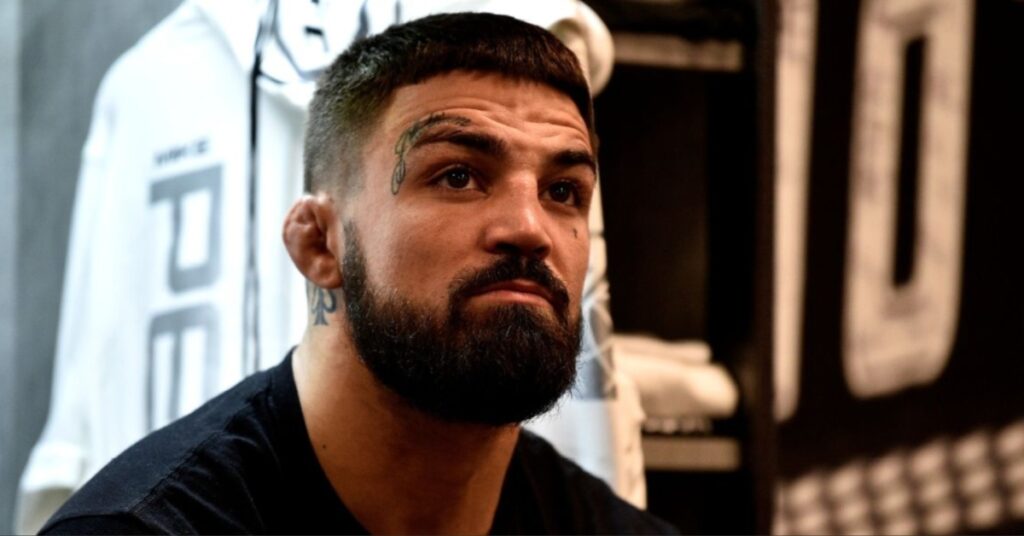UFC 143 Striking Breakdown: Nick Diaz vs. Carlos Condit

By Jack Slack
The upcoming welterweight tilt between Nick Diaz and Carlos Condit at UFC 143 (February 4th, Las Vegas) is an exciting prospect for casual viewers and passionate fans alike. The match-up will answer no questions about Diaz or Condit’s ability to deal with the great wrestlers of the division — Diaz in fact hasn’t fought a real takedown artist in half a decade — but it promises to be a damn good tear-up. With Georges St. Pierre out of the fight game for a while and an interim title on the line it also provides just what UFC brass has likely been seeking: We will finally see an exciting striker at the top of the welterweight division.
The match is expected to stay on the feet and it is hoped the two men will “bang it out” until one is left standing. Assuming that neither fighter will come out with the plan of exposing the other’s takedown defense, this article examines the assets and deficits in each man’s bag of tricks from the standing position.
Nick Diaz’s Boxing
Much has been made of Nick Diaz’s pugilistic talent, and rightly so. His excellence while boxing against pure strikers over recent years almost excuses the lack of skilled wrestlers on his record in that time. Nick has taken on the likes of Paul Daley, Evangelista ‘Cyborg’ Santos, KJ Noons, BJ Penn, and Marius Zaromskis in striking contests and got the better of all of them through his ferocity, grit and unique style.
Diaz is a prolific volume puncher, having been known to crash the Compustrike computer by throwing over a hundred punches a round. His form is not attractive in that it rarely provides one-punch knockouts, but his straights are uncompromisingly straight, his hooks loop in behind his opponents guard and when he sets his feet he rips terrific punches to his opponents’ torso; unquestionably he is the poster boy for body-punching in the sport.
Nick often attacks almost side-on in an old fashioned boxing stance with his lead foot turned in, allowing him to turn his lead shoulder further towards his opponent and gain a couple more inches on his already considerable reach (a stylistic feature he shares with his younger brother Nate). Often taking a few substantial punches in the opening exchanges, the Diaz brothers seem near impossible to knock unconscious, yet every opponent they face seems to labor under the illusion that they will be the first to do so.
In addition to his brilliant jab and body work, Diaz also draws punches better than any fighter in the sport — sticking his chin out and raising his hands in the taunting posture that has become iconic in MMA fight photography. As soon as his opponents attempt to punch his head he slips or parries and counters with a salvo of his own blows. Factor in Nick’s habit of throwing multiple punches with the same hand consecutively (“doubling up” or “lever punching”), his ability to launch double-digit punch combinations, his range, and his aptitude for changing rapidly from offense to counter-punching, and Diaz’s boxing begins to look more and more like a minefield for Carlos Condit.
What may interest some fans of fight strategy is the question mark over Nick’s ability to take a body shot. The last man to beat him was the lightweight KJ Noons, who had Diaz breathing hard and attempting to fight from the “butt scoot” position through the use of body punches in the opening stanza of their first meeting. Unfortunately this fight was called off due to the cuts which had opened on Nick’s face at the end of the first round and Noons largely neglected body work when they fought for a second time at welterweight, so the question mark over Diaz’s abdomen remains.
Carlos Condit’s Muay Thai
Condit for his part lacks the boxing prowess of Diaz — often allowing his elbows to flare out when on guard or punching, exposing his body — which could be costly against Diaz, but he has crisp combinations and power to his shots. Being a long, lanky fighter, Condit throws his punches in what are best described as “looping straights,” similar to the way Tommy Hearns threw his right hand in an arc to use momentum.
Condit is also the owner of a solid left hook as he demonstrated against Dan Hardy, though it was his attacking of Hardy’s front knee, taking away Hardy’s stance and making him reluctant to be the aggressor which meant Condit could step into punching range and land his power. If Condit has used that win over Hardy to convince himself that his hands are world-class he may run into problems as he finds out just the same way Donald Cerrone did a few weeks back against Nate Diaz that good punching does not equate to good boxing.
Where Condit does excel however is in combining kicks and punches and in throwing his opponents off of their game with his unusual arsenal of techniques. Great grapplers such as Dong Hyun Kim have had trouble with Condit because of his ability to keep them at range and punish them when they step in. His reach is substantial to begin with but he often uses front kicks to establish an even greater distance between himself and his opponent — such as the one he threw at Kim before finishing him with a spectacular flying knee strike.
One of the interesting points coming into this fight is the weakness against low kicks that both the Diaz brothers have show in the past. Evangelista Santos, Hayato Sakurai and Paul Daley use kicks far less commonly than Condit and found great success against Nick Diaz with low kicks before mysteriously abandoning them to swing for Diaz’s head when he taunted them. Several weeks ago, Donald Cerrone, after being beaten savagely in the first round attempting to box with Nate Diaz, showed how effective kicks could be against the Diaz brothers, but also demonstrated the need to commit to them early when he gassed — just as Santos did against Nick Diaz.
The front-foot-turned-in stances that the brothers present mean that they are particularly vulnerable to kicks to the outside of the leg, rather than the inside. As southpaws, kicking the outside of their lead leg requires the opponent to use his lead leg, just as Fedor Emelianenko did to break Jeff Monson’s leg in November, and this would be a good strategy for Condit to follow. His push kick to the knee may also buckle Nick’s leg inward while preventing Nick from entering punching range, and it would be sensible for Condit to commit to this from the beginning in an attempt to slow Diaz down and limit engagements. When he does find himself in punching range it is in his interest to immediately attempt a Thai Plum or neck clinch in order to prevent Diaz’s combination punching and enable himself to land the clinch knees that have changed the course of so many of his matches.
The Bottom Line:
Carlos Condit is not going to be able to knock Nick Diaz out with pure punching any more than Paul Daley, Cyborg Santos, or Scott Smith could. However, if he combines his biting kicks (particularly his push kick to the knee) with punching combinations, and never attempts to engage Diaz in prolonged exchanges, instead choosing to tie him up or circle out, he may be able to strike his way to a decision or even stop Nick with a high kick or knees.
For Nick Diaz the game plan is clear — get close enough to volume punch against a taller opponent with an identical reach, a challenge he has never faced before. He must convince Condit to meet him in punching range (and his gamesmanship has proven to be up to the task before) or push Condit backwards to prevent him from kicking. Donald Cerrone had so much trouble kicking in the second and third rounds against Nate Diaz even though it was having an effect simply because it is impossible to kick with power while backing up, and eating any amount of punches is detrimental to a fighter’s discipline and wind. If Diaz can begin to back up Carlos Condit by the end of round one, we are unlikely to see Condit reverse the momentum of the fight in the second or third round.
Jack Slack is an author for HeadKickLegend.com and blogs at http://fightsgoneby.blogspot.com where he breaks down striking technique in boxing, kickboxing and MMA.






